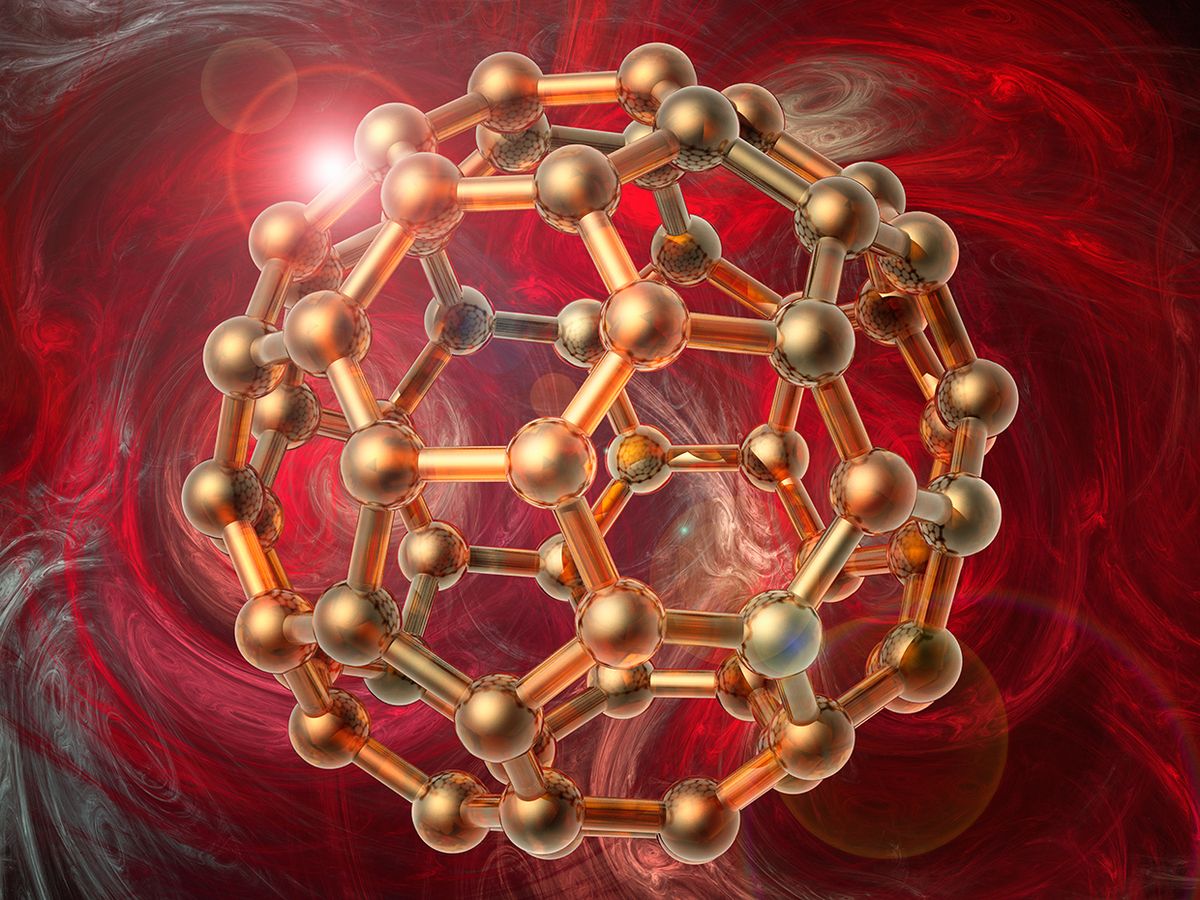
When Richard Smalley, Robert Curl, James Heath, Sean O’Brien, and Harold Kroto prepared the first buckminsterfullerene (C60) (or buckyball), they kicked off the next 25 years of nanomaterial science.
What’s interesting about the buckyball—considering all the carbon nanoscience that has followed it—is that nobody quite understood the mechanism by which buckyballs formed—until now. Researchers at Florida State University and the National Science Foundation claim to have solved the quarter-century old mystery of how these buckyballs take shape.
The research, which was published in the journal Nature Communications (“Closed network growth of fullerenes”), discovered that “fullerenes self-assemble through a closed network growth mechanism.” They are able to pull this off by incorporation of atomic carbon and diatomic carbon.
Making this discovery required some ingenious approaches and a bit of serendipity since fullerene formation happens in an instant. “We started with a paste of pre-existing fullerene molecules mixed with carbon and helium, shot it with a laser, and instead of destroying the fullerenes we were surprised to find they’d actually grown,” the university press release quotes the researchers as saying.
The researchers further determined that fullerenes did not grow by splitting open but instead managed their growth trick by absorbing and incorporating carbon from the surrounding gas. They knew this because the fullerene cages contained heavy metal atoms in their centers. “If the cages grew by splitting open, we would have lost the metal atoms, but they always stayed locked inside,” Paul Dunk, a doctoral student in chemistry and biochemistry at Florida State and lead author of the work noted in a press release.
The clearest applications for solving this riddle will be in better understanding fullerene formation in extraterrestrial environments where C60 crystals have been observed orbiting stars, leading to the speculation that fullerenes are more abundant than originally thought.
Harry Kroto, a Nobel Prize winner for the discovery of C60 and co-author of the current study, and now a professor at Florida State further noted in the release: “The results of our study will surely be extremely valuable in deciphering fullerene formation in extraterrestrial environments.”
Dexter Johnson is a contributing editor at IEEE Spectrum, with a focus on nanotechnology.



